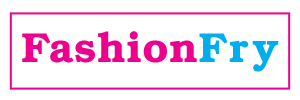
Tattoos: A Modern Expression of Style – But What Happens When You Want to Say Goodbye?
Tattoos have gone from being the badge of rebels to mainstream statements of personal identity. Over the last decade, ink has become a celebrated form of self-expression, breaking free from the stigma once associated with it. I remember getting my first tattoo at 18, when the act still felt a little rebellious and definitely more niche. Back then, tattoos were seen as the mark of someone edgy – maybe even criminal.
Fast forward to today, and everyone from your favourite celebrities to athletes and influencers are proudly showcasing their beautiful, artful and bold designs. In fact, being heavily tattooed is practically a rite of passage for many rappers and performers.
Tattoos are now often displayed as an expression of our identity, a reflection of our personalities. It’s no longer about hiding a discrete little secret under your clothes, placed on less visible part of your body – it’s about proudly displaying your ink for the world to see. Just like the clothes we wear or the hairstyles we choose are a representation of who we are, so are your tattoos and the stories they tell.
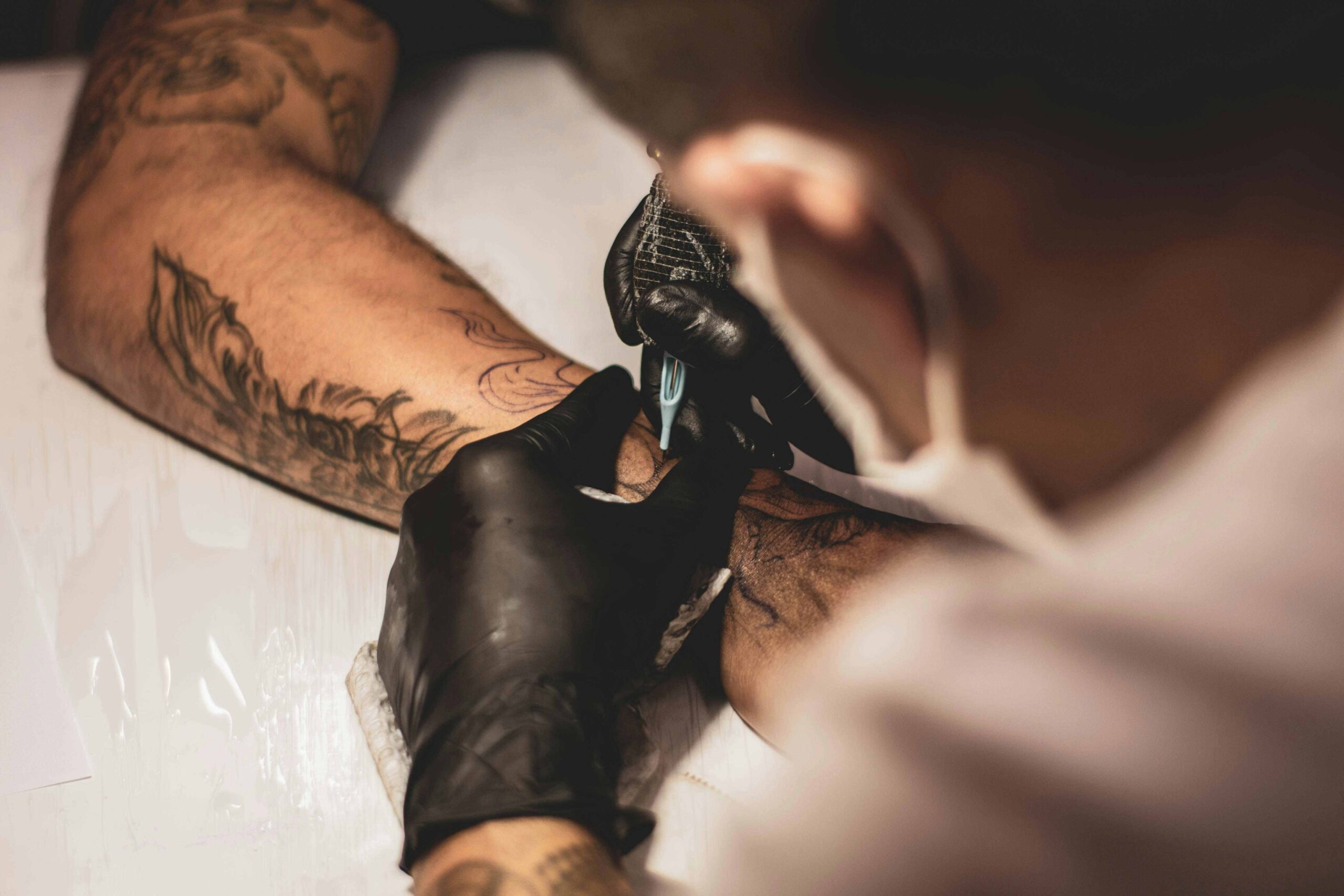
Tattoo trends: The rise of tattoos in culture
In today’s world, it’s often harder to find someone without a tattoo than with one – especially in Australia. In fact, Aussies are among the most tattooed people in the world, second only to New Zealand, with nearly 1 in 5 Australians sporting ink. Among younger generations, not having a tattoo is almost the exception with up to 40% of adults under 40 in Europe and the USA also sporting some sort of ink.
For many people, tattoos and the reasons behind getting them oftentimes now carry deep personal significance. They’re often tied to powerful memories, like a meaningful trip, a tribute to a loved one, or even a quote that speaks to your soul. And let’s not forget, tattoos are also a form of art, with many opting for intricate designs purely for their aesthetic beauty.
With the rise of social media, tattoo culture has exploded in ways we never imagined and it’s no wonder that tattoos have gained such immense popularity in recent years. We can now follow our favourite tattoo artists and engage with their work in real-time, whether it’s through Instagram stories, videos, or posts showcasing their latest masterpieces. For those that appreciate the artform, it’s all too easy to spend hours scrolling through tattoo artist feeds, saving designs for a future piece.
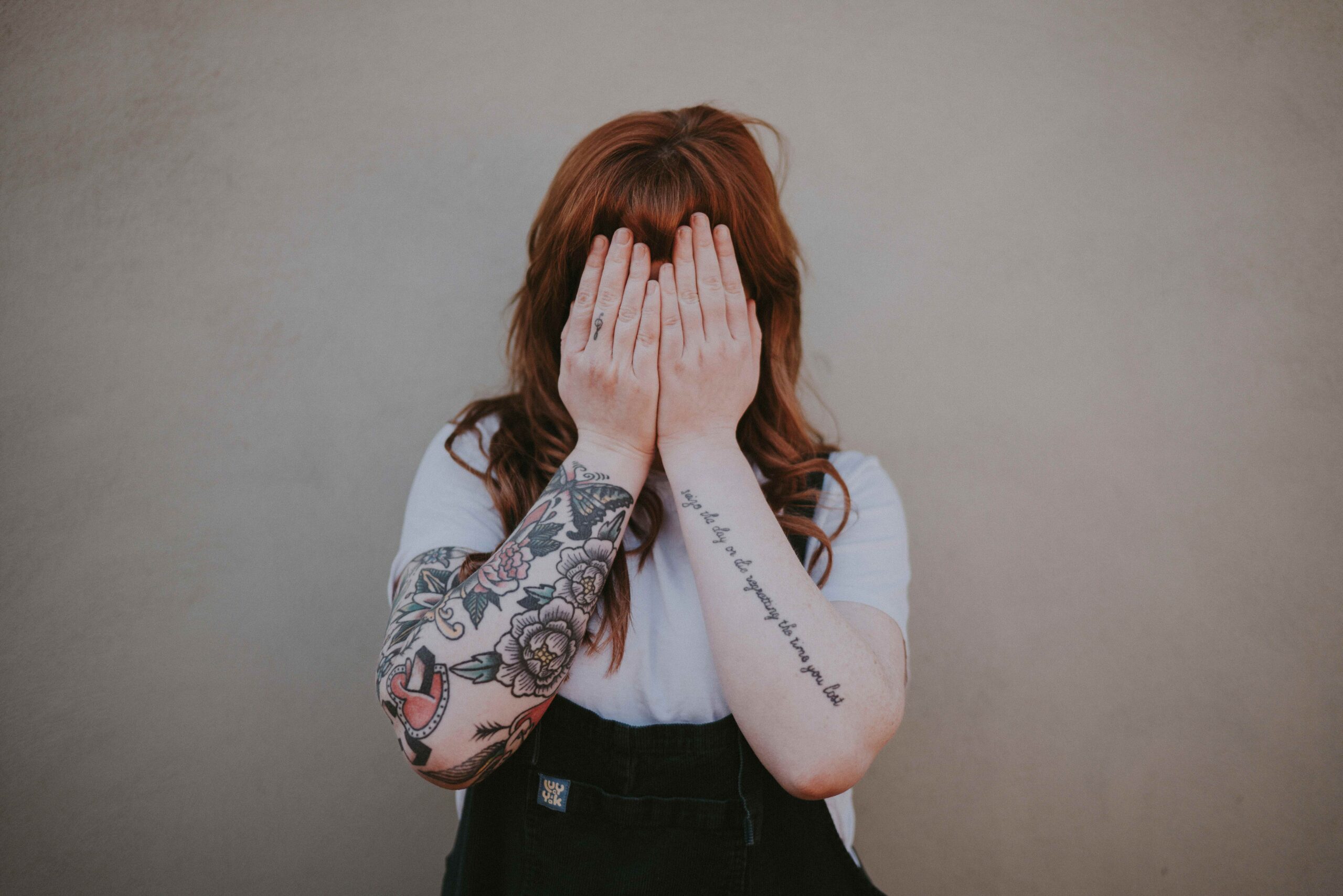
When Ink Turns Into Regret: Why Tattoo Removal is on the Rise
As tattoos continue to grow in popularity, it stands to reason that there is also more “tattoo regret”. For many, the decision to get inked in the first place was impulsive or made when they were younger – and now, years later, that tribal design on the lower back or the random Chinese symbol might not feel so cool. According to recent studies, 24% of Americans regret their tattoos, with tattoo removal services booming as a result.
As for the reasons why people make the decision to proceed with removal, the reasons are as varied as the tattoos themselves Some simply don’t age well, while others may lose their meaning over time. Maybe you impulsively got a tattoo during a wild night out, and later realised the cute Arabic script you picked up doesn’t mean “freedom” – it actually says “free of charge.” Or perhaps you’re entering a more professional career and the cute love heart behind your ear isn’t sending the right message.
Regardless of why you want to erase that once-favoured design, tattoo removal is becoming easier, safer, and more accessible than ever before. Thanks to cutting-edge technology, you now have a wide range of options at your disposal. Many tattoo parlours even offer removal services alongside their ink work, while dermatologists and skin clinics have dedicated professionals trained in the art of tattoo removal.
The Science Behind Tattoo Removal: What You Need to Know
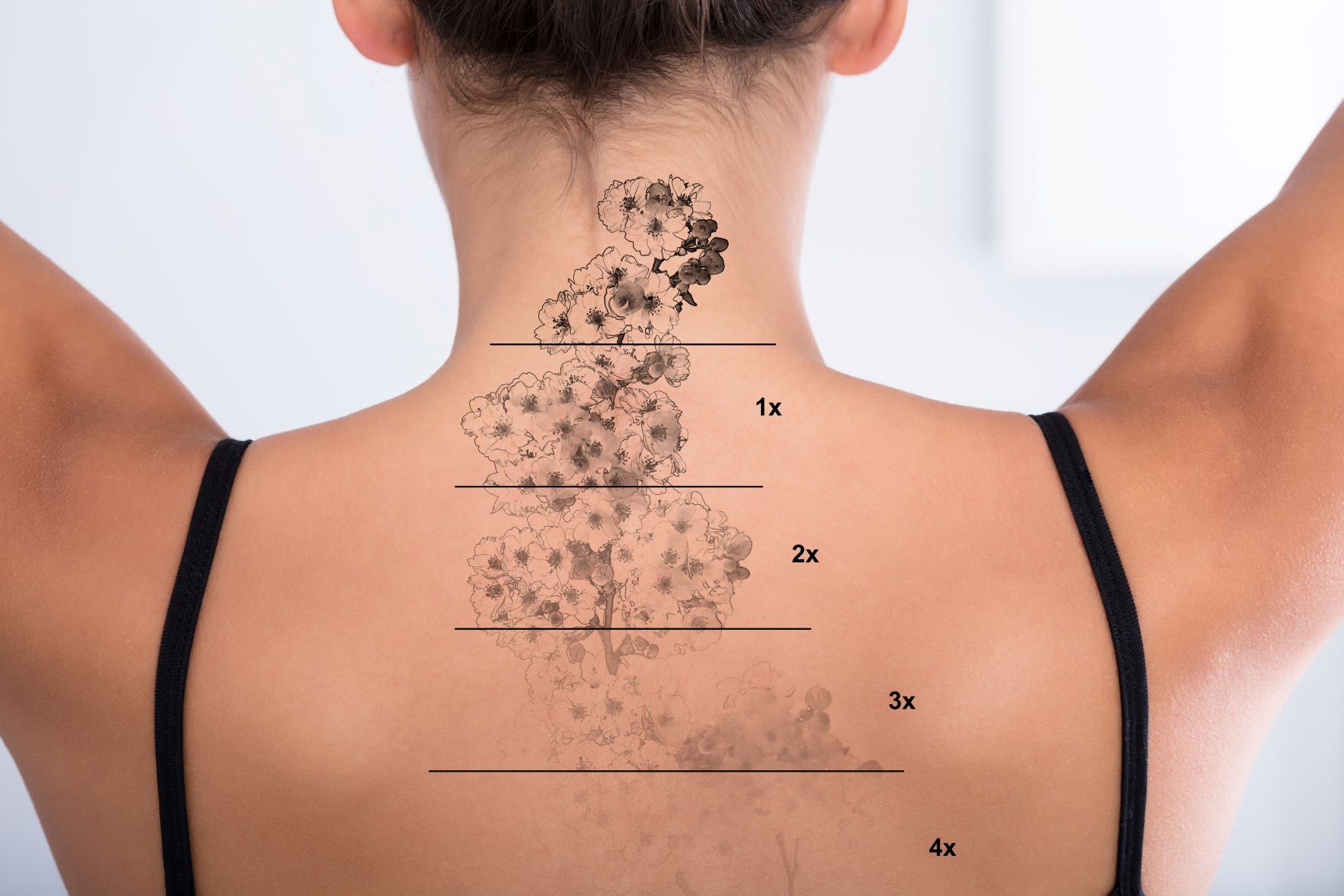
If you’ve decided it’s time to part ways with your tattoo, it’s important to know what to expect. The most popular method is using a Q-switched laser (Nd:YAG), which targets the tattoo ink and breaks it down into tiny particles that are then naturally processed by the body. Unlike the lasers used for hair removal, which have a longer pulse, tattoo removal lasers are designed to break down ink pigments without damaging the surrounding skin.
While tattoo removal can be costly, it’s becoming less invasive and more affordable over time. If you’re considering removal, tattoo laser removal machines will be able to fade your tattoo enough to have it covered with a new design, which will typically require fewer sessions. Most clinics offer bulk discounts for multiple sessions, which can save you some cash.

The number of treatments required varies depending on your tattoo’s size, the type and colour of ink used, depth and age. Most people will need between 6 and 12 sessions to fully remove a tattoo, with breaks of 6-8 weeks between each treatment to allow the skin to heal. The cost typically starts around $99-$150 for a small tattoo (2×2 cm), but prices increase with size and complexity.
Although tattoo removal is not pain-free, most people report the discomfort is manageable, with many clinics offering topical anaesthesia to numb the area. Aftercare is extremely important – following your treatment, you’ll need to avoid hot showers, excessive exercise, and direct sun exposure. But with a bit of patience, your skin will heal, the pigment will fade and that unwanted tattoo will be a thing of the past.
Final Thoughts: Tattoos Are a Journey
Ultimately, tattoos are a personal choice. They tell the story of who we are, where we’ve been and what we value. But if that story changes, you now have the option to rewrite it. Whether you’re choosing to keep your ink or start fresh, there’s no right or wrong – just what feels right for you.
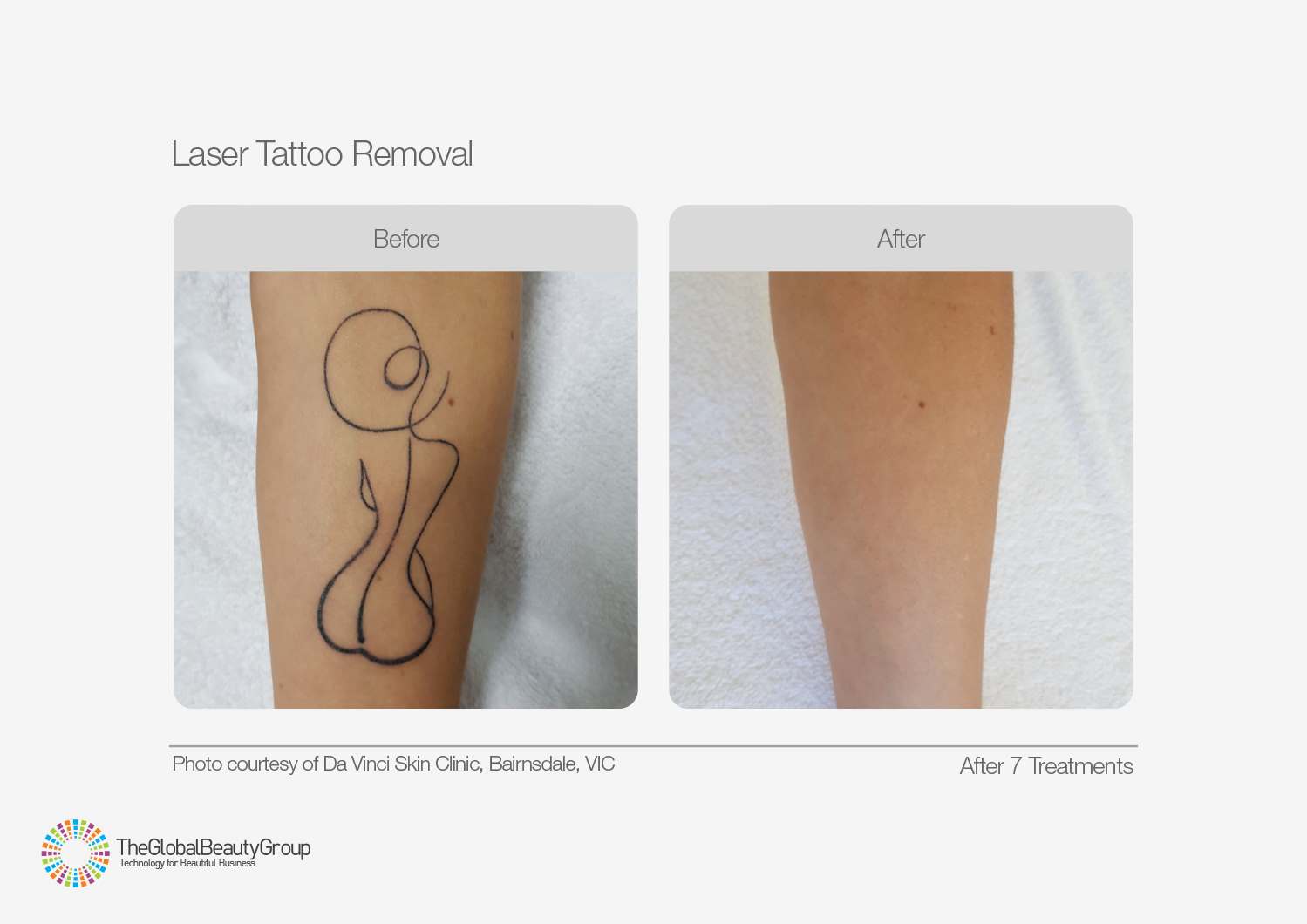
Interested in learning more about tattoo removal? Contact beauty suppliers The Global Beauty Group on to discover more about tattoo removal machines find a treatment specialist near you and take the first step toward a fresh new canvas.
